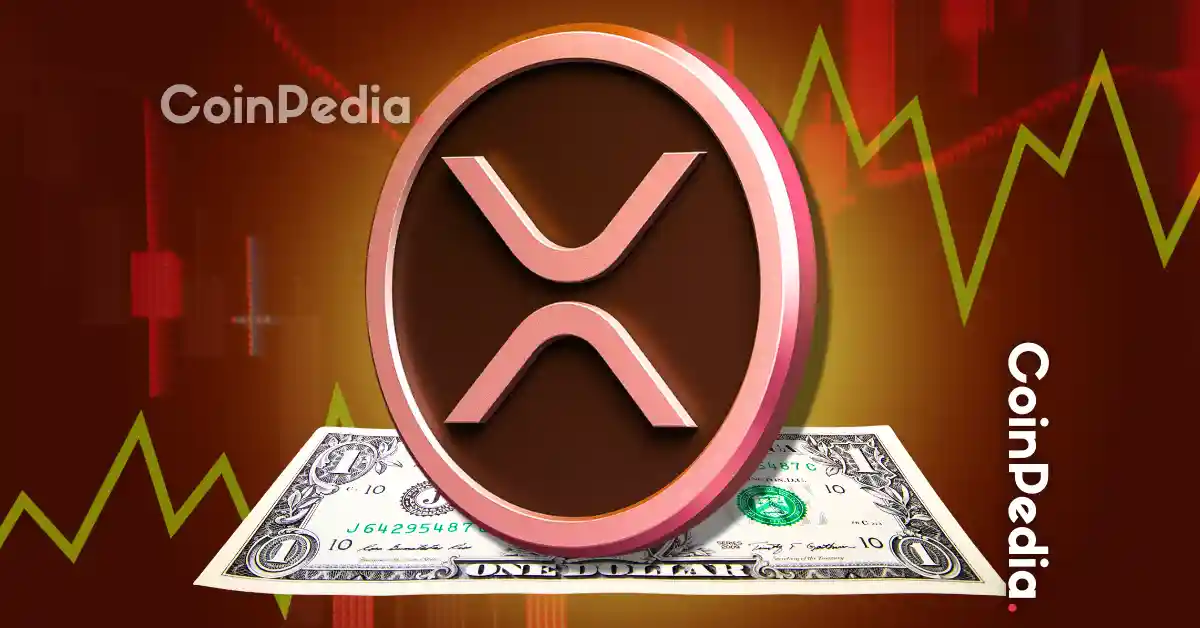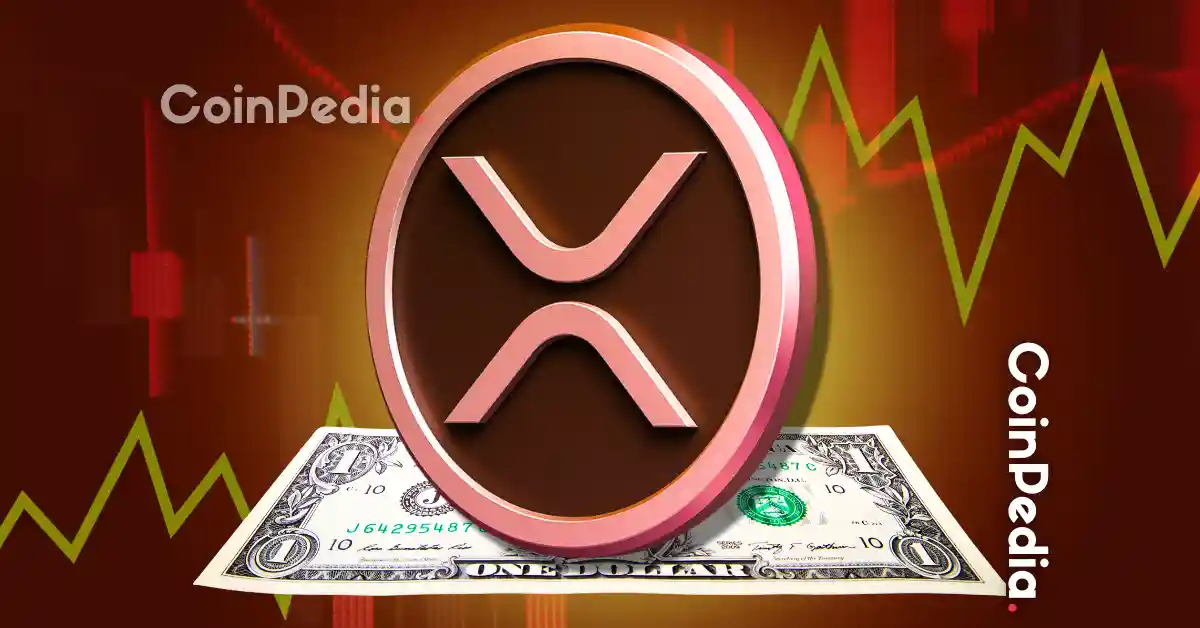The Potential Transformation of Ripple into an XRP Treasury Giant
Introduction
The cryptocurrency landscape is constantly evolving, and Ripple, the company behind the digital asset XRP, finds itself at a crossroads. Speculation is rife about whether Ripple could emulate the strategy of MicroStrategy, which has become synonymous with Bitcoin accumulation. Ripple’s substantial XRP holdings, estimated at $122 billion, present a unique opportunity to influence the market significantly. This report explores the potential for Ripple to adopt a treasury strategy, the implications for XRP’s market dynamics, and the broader impact on the cryptocurrency ecosystem.
The MicroStrategy Blueprint: A Bitcoin-Centric Treasury Strategy
MicroStrategy, under the leadership of Michael Saylor, has set a precedent for corporate treasury strategies in the cryptocurrency space. The company has amassed over 444,262 BTC, making it one of the largest institutional holders of Bitcoin. This aggressive accumulation strategy is rooted in the belief that Bitcoin is a superior store of value compared to traditional assets like cash. By holding a significant Bitcoin reserve, MicroStrategy aims to hedge against inflation and capitalize on the long-term appreciation of Bitcoin.
The success of MicroStrategy’s strategy has been evident in its market capitalization growth and the attention it has garnered from institutional investors. This approach has also influenced other companies to consider Bitcoin as a reserve asset, demonstrating the potential for cryptocurrencies to play a role in corporate treasury management.
Ripple’s XRP Holdings: A Potential Market Mover
Ripple’s XRP holdings are substantial, with estimates placing the value around $122 billion. Currently, Ripple primarily uses XRP for its On-Demand Liquidity (ODL) platform, which facilitates faster and cheaper cross-border payments. However, the possibility of Ripple adopting a MicroStrategy-like strategy by locking up a significant portion of its XRP holdings in a treasury reserve could have profound implications for the market.
The immediate effect of such a strategy would be a reduction in the circulating supply of XRP. This scarcity, combined with steady or increasing demand, could drive the price of XRP upwards. The potential for a supply squeeze is a topic of much speculation, with analysts predicting significant price surges if Ripple were to fully embrace this model.
The Supply Squeeze Scenario: Predicting XRP’s Price Trajectory
The potential impact of Ripple adopting a treasury strategy on XRP’s price is a subject of intense debate. AI models and analysts have made bold predictions, suggesting that XRP could reach levels ranging from $25 to $45 per token if Ripple fully commits to this approach. These predictions are based on the fundamental economic principle of supply and demand. By reducing the available supply of XRP while maintaining or increasing demand, a significant price surge becomes a plausible outcome.
However, it is essential to recognize that these predictions are speculative. The actual price movement of XRP will depend on various factors, including market sentiment, regulatory developments, and the adoption of XRP by financial institutions and businesses. The cryptocurrency market is highly volatile, and unforeseen events can significantly influence price dynamics.
Ripple’s Broader Strategy: Utility and Adoption
While the prospect of Ripple becoming an XRP treasury giant is intriguing, it is crucial to consider the company’s broader strategy and its commitment to XRP’s utility. Ripple has consistently emphasized the importance of XRP as a tool for efficient and cost-effective cross-border payments. The company has been actively forging partnerships with financial institutions and payment providers worldwide to integrate XRP into their payment systems.
These partnerships are vital for driving the real-world adoption of XRP and demonstrating its value as a payment solution. Ripple’s focus on utility and adoption sets it apart from other cryptocurrencies that prioritize decentralization above all else. By building a network of institutional partners, Ripple is positioning itself as a leader in the enterprise blockchain space.
Tokenized Money Market Funds: A Gateway to Institutional Adoption
Ripple’s recent collaboration with Archax and abrdn to launch tokenized money market funds on the XRP Ledger is a significant milestone. This initiative opens up access to the $16 trillion money market fund industry and introduces institutional investors to the XRP Ledger. Tokenized money market funds offer several advantages, including increased transparency, improved efficiency, and reduced costs.
By providing institutional investors with access to these funds on the XRP Ledger, Ripple is paving the way for wider adoption of XRP within the traditional financial system. This move is a testament to Ripple’s commitment to bridging the gap between traditional finance and the cryptocurrency ecosystem.
Ripple’s Focus on Compliance and Institutional Partnerships
Ripple’s compliance-forward approach is a key differentiator in the cryptocurrency space. The company has prioritized working closely with regulators and adhering to legal requirements in various jurisdictions. This focus on compliance has made Ripple an attractive partner for financial institutions and businesses looking to integrate blockchain technology into their operations.
By building trust and demonstrating a commitment to regulatory compliance, Ripple is positioning itself as a leader in the enterprise blockchain space. This approach is crucial for driving institutional adoption and ensuring the long-term success of XRP.
The XRP Community’s Perspective: Utility vs. Scarcity
The XRP community is divided on the question of whether Ripple should adopt a treasury strategy. Some community members believe that reducing the circulating supply of XRP would be beneficial for its price and long-term value. Others argue that Ripple should focus on driving adoption and utility rather than artificially manipulating the supply.
Ultimately, the decision to adopt a treasury strategy rests with Ripple. The company will need to weigh the potential benefits of increased scarcity against the potential risks of alienating its community and hindering the adoption of XRP. Balancing these considerations will be crucial for Ripple’s long-term strategy.
Building a Unique Narrative: Compliance and Real-World Utility
While MicroStrategy has championed Bitcoin as a store of value, the XRP community is building a different narrative. This narrative emphasizes compliance-forward development, institutional partnerships, and a laser focus on real-world utility. By focusing on these differentiators, the XRP community is not just countering Saylor’s narrative—they’re building an entirely different one.
This narrative positions XRP as a practical and compliant solution for cross-border payments and other financial applications. It highlights the unique value proposition of XRP and its potential to revolutionize the traditional financial system.
Conclusion: A Pivotal Moment for Ripple and XRP
The possibility of Ripple transforming into the “MicroStrategy of XRP” presents both opportunities and challenges. While locking up a significant portion of its XRP holdings could trigger a supply squeeze and drive up the price, it is crucial for Ripple to maintain its focus on driving adoption and utility. Ripple’s commitment to compliance, its partnerships with financial institutions, and its exploration of new use cases for XRP are all essential for the long-term success of the digital asset.
Whether Ripple ultimately chooses to embrace a full-fledged treasury strategy remains to be seen. However, one thing is certain: the company is at a pivotal moment in its history, with the potential to reshape the future of cross-border payments and the broader cryptocurrency landscape. The decisions Ripple makes in the coming years will have a profound impact on the trajectory of XRP and its role in the global financial system.












